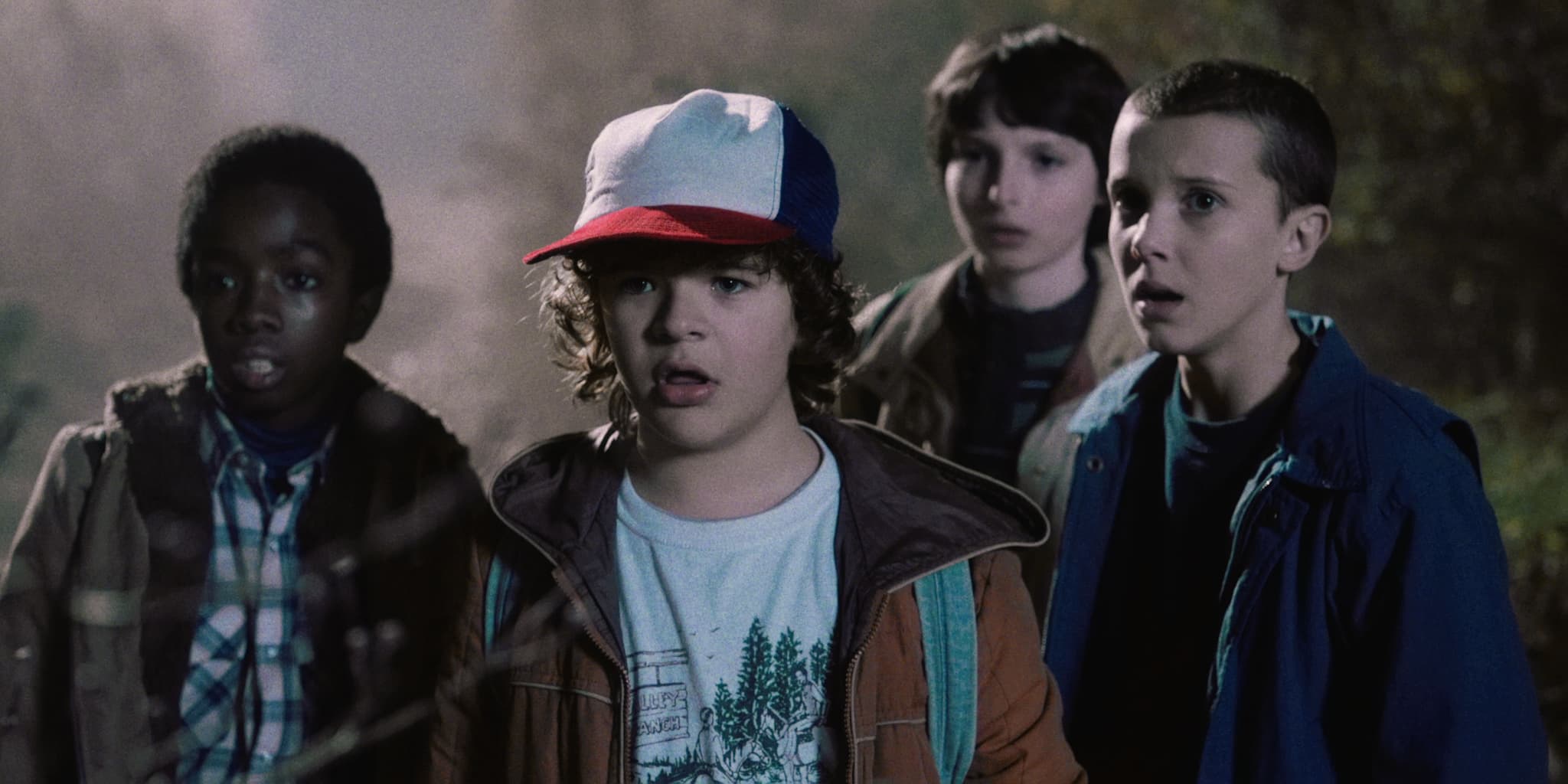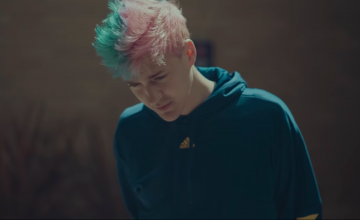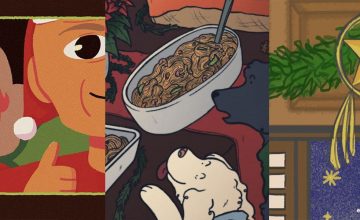By Teresa Naval
(Ed’s note: This review has spoilers. You’ve been warned.)
Stephen King was a frequent guest in my household. Taking holiday photos meant recreating scenes from The Shining. Prom season meant dropping a lot of Carrie jokes. I’m pretty sure my fear of dogs stemmed from a premature viewing of the Cujo when I was three. I was 12 when I first read The Body (and when I first saw its film adaptation, Stand by Me)–the same age as its lonely, displaced characters. (I can still recite its opening paragraphs.) I found solace in the friendship of the Losers’ Club from It and lugged the mammoth hardcover copy of 11/22/63 in my school bag for days.
With King came other sources of genre fiction, and I grew up on a steady diet of science fiction and horror. At the height of my teenage pretension, I denounced childhood favorites like Silent Hill and Alien and tried to foray into the world of literary fiction. Then I realized I wanted to punch Jonathan Franzen in the nose more than, I don’t know, the the demon from Joe Hill’s NOS4A2.
Scaring people is easy, but horrifying them–letting things fester inside them–is much harder. Stand by Me left me more shaken than The Conjuring, for example. There are many genre films and tv shows on air, many of them scary, but none of them really evoking the quiet pain I was looking for. (The last show that did that was cartoon miniseries Over the Garden Wall.) So when Stephen King himself tweeted about the Netflix original series Stranger Things, I knew I had to watch it myself.
Stranger Things presents itself as an Easter egg hunt for all things speculative and horror. The plot is standard genre fare: a kid goes missing in a small town, but there are larger forces at play: government experiments, a young girl with psychic powers, meddling adults, a monster from another dimension. Clocking in at just eight hours, Stranger Things manages to create meaningful connections among the characters (many of whom, admittedly, are stereotypes), present a conclusion that (mostly) works, and leave us wanting more. The internet hasn’t been this abuzz with “questions that Stranger Things needs to answer” since Lost mania circa 2008.
Stranger Things, however, is not just a collection of allusions to other (some argue greater) works. The references do not distract from (or worse, cheapen) the main narrative, but instead solidify the show’s identity. At the very least, it is lots of fun to find each reference (intentional or otherwise) and make new associations.
Mike, Lucas, Dustin (and the missing Will) remind us of the boys from The Body/Stand by Me (there’s even a shot of them walking on the train tracks). Government experiment Eleven (El) is the resident girl with psychic powers, like Firestarter’s Charlie or the eponymous Carrie. But she also calls to mind Fringe’s Olivia Dunham, especially during her scenes in the sensory deprivation tank. Concerned adults Joyce (mother of the missing Will) and police Chief Hopper, meanwhile, are the anti-Mulder and Scully.
The Upside-Down, the nebulous void where the monster hails from, visually looks like Silent Hill’s Otherworld with a sprinkle of Alien. The monster with no face (and only has a gaping maw), is reminiscent of Pan’s Labyrinth’s Pale Man, who devours children. The evil government men remind us of The Matrix, the Observers from Fringe, literally any Philip K. Dick novel. And the list goes on and on and on.
Stranger Things is nothing without its references, but that does not mean it is a discounted or watered-down version of everything that came before it. If anything, the show emphasizes the persistence of pop culture–the children use Lord of the Rings (“The Hobbit,” one of them insists) and Dungeons and Dragons references to save their friend. One minor character even asks the police chief if he’s “read any Stephen King” before describing sketchy government drug experiments in sensory deprivation tanks. This is an argument for genre fiction in general–that each generation is defined by its horror tropes and sci fi clichés, just as much as its political issues and historical moments.
The children on the show aren’t forced to grow up, even when they’re off to save their friend. El steals waffles from a grocery store after a stunning display of her power. At the height of a crisis, the kids feel the need to hoard chocolate pudding. Dustin calls the science teacher on a Saturday night to ask how to build a sensory deprivation tank. Mike awkwardly invites El to live with them (“My sister will be like your sister,” he says. Does this mean you’ll be like my brother, El asks. “NO!” he shrieks). The kids could easily be my 11 year-old brother and his friends. These little moments help make the show worthy to stand on its own feet.
[pull_quote]Stranger Things is nothing without its references, but that does not mean it is a discounted or watered-down version of everything that came before it. If anything, the show emphasizes the persistence of pop culture. This is an argument for genre fiction in general–that each generation is defined by its horror tropes and sci fi clichés, just as much as its political issues and historical moments.[/pull_quote]
The teenagers, too, are a fun bunch to watch. Loner freak Jonathan (who is Will’s older brother), Mike’s older sister Nancy, and jock dudebro Steve try to take on the monster, as well. Even though the three are archetypes through and through, they command empathy and have palpable on-screen chemistry. I would be willing to watch a Scooby-Doo-esque spinoff starring the three of them.
Stranger Things is not without fault, though. Grieving mother Joyce is boxed in her shrill, wailing role. El sacrifices herself to save her friends, and while this did have a bit of an emotional tug, in the end, she was only used as a plot device (and fuel for Mike’s pre-pubescent angst next season, I’m sure). Hopper’s dead daughter fulfilled a similar role; only to make him more complex and nuanced and human. As Joyce and Hopper resuscitated Will, Hopper received flashbacks of his daughter flat-lining at the hospital, which was an unnecessary and exploitative moment in an otherwise solid show. Barbara, Nancy’s best friend, was devoured by the monster; she served no purpose except to motivate Nancy into joining the fray.
Still, the show was able to do what it wanted to do: pay homage to genre fiction, create a new group of nerdy kids nerdy kids like me could look up to, and tell a story that is compelling and enjoyable. I can’t wait to return to Hawkins, Indiana for season two. In the meantime, time for me to dust off old DVDs and books and my PS2 to watch, read, and play the familiar things found in Stranger Things.
Photo from Screenrant

























Comments